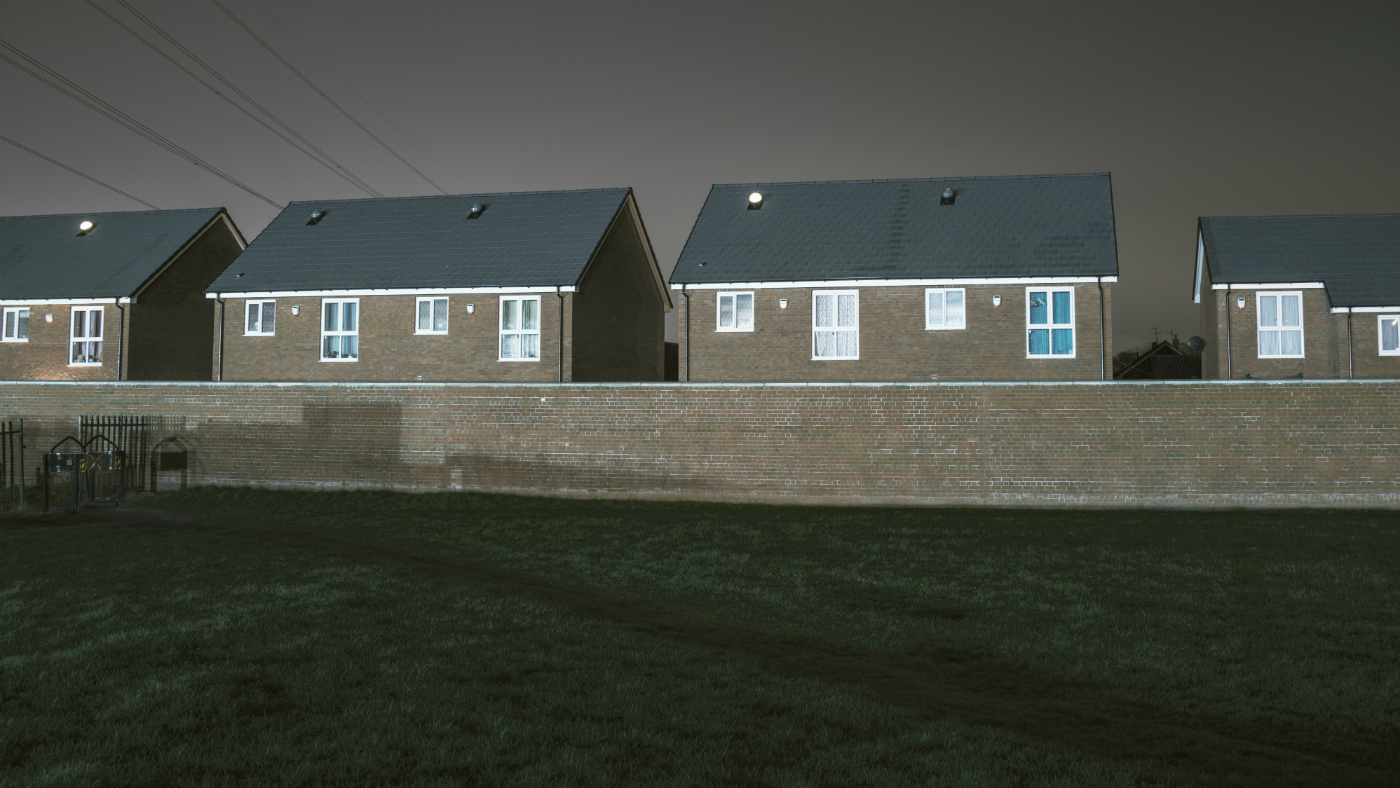Why England’s green belt is disappearing at ‘alarming rate’
Housing applications for protected areas hits record 460,000 following relaxation of planning laws

The UK’s green belt is disappearing at an “alarming rate” as the Government strives to meet targets for new homes, a new report has warned.
The study from the Campaign to Protect Rural England (CPRE) says that property developers are being allowed to “gobble up” protected land released by local authorities. A total of around 460,000 homes are now planned on former green belt sites - up from 425,000 a year ago.
However, only 22% of the planned developments meet the Government’s definition of “affordable”. Tom Fyans, director of policy at CPRE, has accused developers of “misleading the public” over a perceived necessity to build on the green belt in order to help families get on the housing ladder, Sky News reports.
The Week
Escape your echo chamber. Get the facts behind the news, plus analysis from multiple perspectives.

Sign up for The Week's Free Newsletters
From our morning news briefing to a weekly Good News Newsletter, get the best of The Week delivered directly to your inbox.
From our morning news briefing to a weekly Good News Newsletter, get the best of The Week delivered directly to your inbox.
“The affordable housing crisis must be addressed with increasing urgency, while acknowledging that far from providing the solution, building on the green belt only serves to entrench the issue,” Fyans said.
What is England’s green belt?
The green belt programme was rolled out during the post-WWII urban boom, in order to “stop cities from sprawling and countryside being spoilt”, the BBC says.
Around 13% of English land - some four million acres - is currently covered by green belt regulations, including “scenic sites open to the public, such as the Chiltern Hills and North Downs”, the broadcaster adds.
A free daily email with the biggest news stories of the day – and the best features from TheWeek.com
England has a total of 14 designated green belt areas, which surround urban areas including London, Birmingham, Liverpool and Manchester. These special sites are meant to be permanently protected and are only reviewed in exceptional circumstances.
By contrast, brownfield sites - land that has previously been developed - are often on disused or derelict land, but are often more expensive to build on as the land must first be cleared.
Why is the green belt disappearing?
“As recently as 2010-11, there was no net loss of green belt land in England, but the introduction of a new National Planning Policy Framework in 2012 heralded the start of a sudden erosion of the green belt,” The Daily Telegraph reports.
In the subsequent years up until 2017, 11,960 acres of green belt was lost - the equivalent of around 5,000 football pitches. A total of 37 local authorities have redesignated green belt land for development in the past six years, the newspaper adds.
Applications to build an additional 35,000 homes on green belt land were submitted last year alone.
However, the CPRE estimates that local authorities with green belt areas have enough brownfield land for more than 720,000 homes.
Why are campaigners angry?
Campaigners are unhappy that the Government is not utilising the full potential on the country’s alleged one million brownfield housing sites.
Although more than half of the housing development to date has been on these brownfield sites, campaigners say the “vast majority of homes constructed on greenfield green belt land is in higher price brackets unattainable to most buyers”, The Guardian reports.
“Only 27% of homes built or approved on greenfield land since 2009 fitted the Government’s definition of affordable housing,” the newspaper says.
CPRE policy director Fyans said: “We are being sold a lie by many developers. As they gobble up the green belt to build low density, unaffordable housing, young families go on struggling to afford a place to live.
“The Government is failing in its commitment to protect the green belt – it is being eroded at an alarming rate. But it is essential, if the green belt is to fulfil its main purposes and provide 30 million of us with access to the benefits of the countryside, that the redevelopment of brownfield land is prioritised, and green belt protection strengthened.”
A spokesperson for the Ministry of Housing responded: “We are clear that building the homes our country needs does not mean tearing up our countryside.
“Last year the number of new homes built was the highest in a decade and only 0.02% of the green belt was developed for residential use.
“We are adding more certainty to the planning system, and our rule book strengthens national protections for the green belt and says that councils may only alter boundaries in exceptional circumstances once they have looked at all other options.”
-
 5 loony toons about the Warner Bros. buyout
5 loony toons about the Warner Bros. buyoutCartoons Artists take on movie theaters, high quality cinema, and more
-
 Political cartoons for December 13
Political cartoons for December 13Cartoons Saturday's political cartoons include saving healthcare, the affordability crisis, and more
-
 Farage’s £9m windfall: will it smooth his path to power?
Farage’s £9m windfall: will it smooth his path to power?In Depth The record donation has come amidst rumours of collaboration with the Conservatives and allegations of racism in Farage's school days
